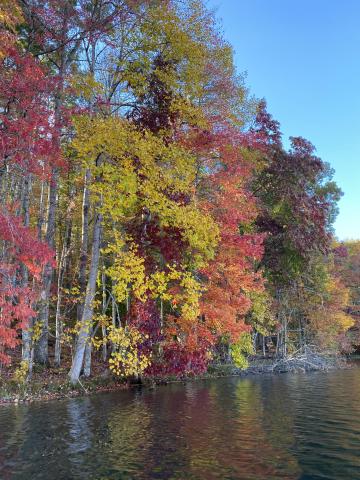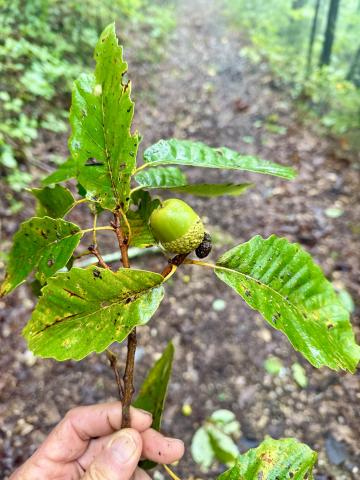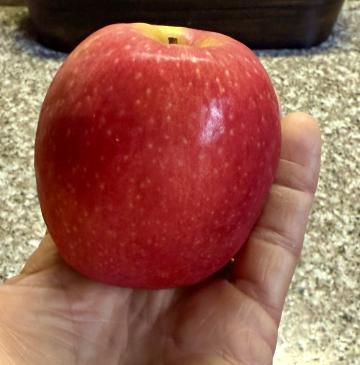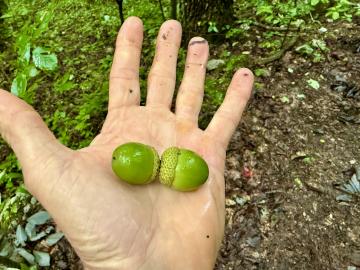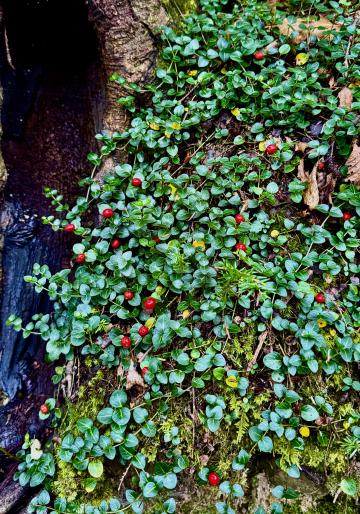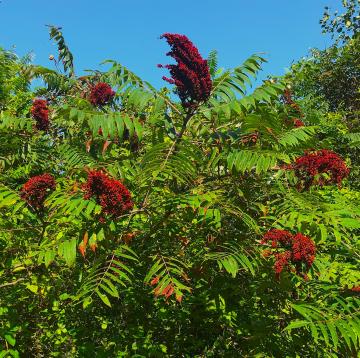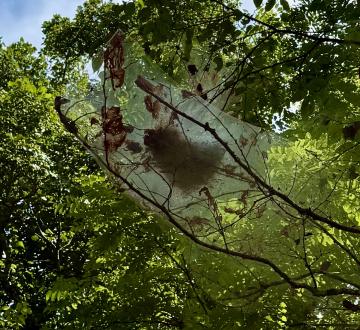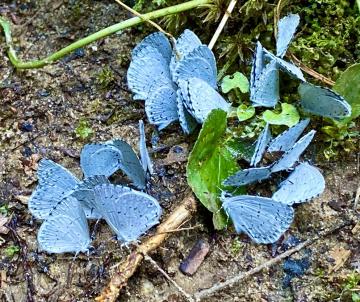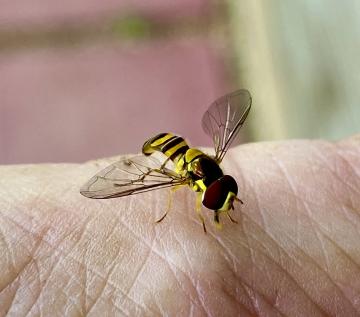Many species of trees have “mast years”, when their seed/fruit production is extraordinarily high. And this year it looks to be Chestnut oak, whose acorns are thick on the ground right now. Mast refers to tree seeds that are a food source for wildlife. It comes from the old English word “maest”, referring to tree nuts that have accumulated on the forest floor. Hard mast includes all the nut trees, including oak (nine local species), hickory (four local species), walnut, beech, chinquapin, and hazelnut. Soft mast includes fleshy fruits like dogwood, sassafras, blackgum, blueberry, blackberry and cherry. The nut trees tend to have periodic bumper crop years, and when it happens, a mast year is conspicuous. Several years of low to moderate seed production will suddenly be augmented by a year when the trees are loaded. How tree species coordinate mast years all produce heavy at once is still a mystery, but it’s known trees communicate with each other through chemical signals passed through the air or through underground root/fungal connections and weather cues. You may notice that mast-consuming species such as squirrels, jays, turkey, grouse, and deer, and bear are more visible during masting years. In poor crop years, wildlife sightings drop as they move away in search of food.
